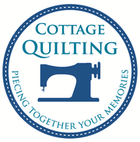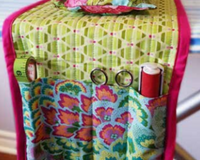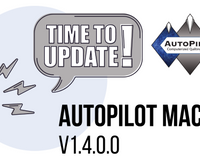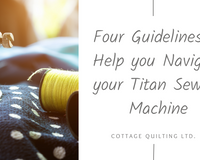Industrial machines sometimes need to be treated a little different than our traditional domestic sewing machine.
We wanted to share some basic rules...with these "rules" we like to refer to them as "guidelines" to help operators to use their machines without having to worry about issues that are often over looked. They are not always appropriate to the machine you are using as some machines are unique, but in general these guidelines will apply to most sewing machines.
#1 The hand-wheel of a sewing machine is always meant to turn in one direction, towards you, never backwards.
Turning a hand-wheel backwards can be considered similar to turning the engine of a car backwards. So of you may say what about an overlock or interlock? Well that is true, there are machines that are manufactured to rotate in the opposite direction, but there are not many. So we maybe we can change this rule to state; turn the machine in the direction of travel.

#2 Never sew off material. This is a big one.
Lock-stitch machines are meant to sew on material. Unlike overlock or interlock machine where the machine can "chain off " the material, lock-stitch machines are not meant to do this. It can cause jamming, breaking of thread, breaking of needles and sometime even worse.
#3 Hold your thread tails.
When you first start sewing, you should always hold your thread tails. This can cause bird-nesting, jamming and even lock your machine with thread in the shuttle. Always hold your thread tails when you first begin for the first couple of stitches at least and this will help.

#4 Thread take up lever to the highest
When you want to remove your sewing from the machine, always stop with the thread take up lever at the highest position. This is the beginning and end of every stitch. This practice will ensure your thread does not jam or pull out of your needle when you start sewing again. Remember, turn your flywheel towards you if you need to get this to the highest point.

These are the 4 basic guidelines of sewing and yes not always all machines but if you follow these guidelines, we're positive you will save a lot of headaches and allow you to have many more hours of trouble free sewing!






